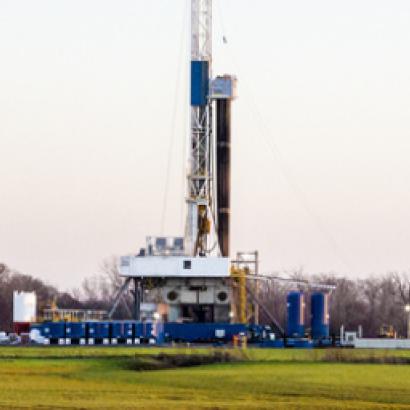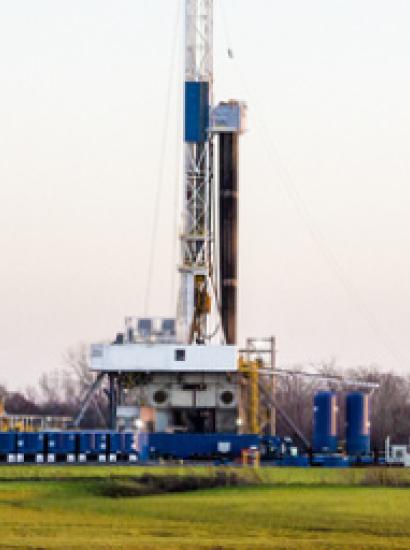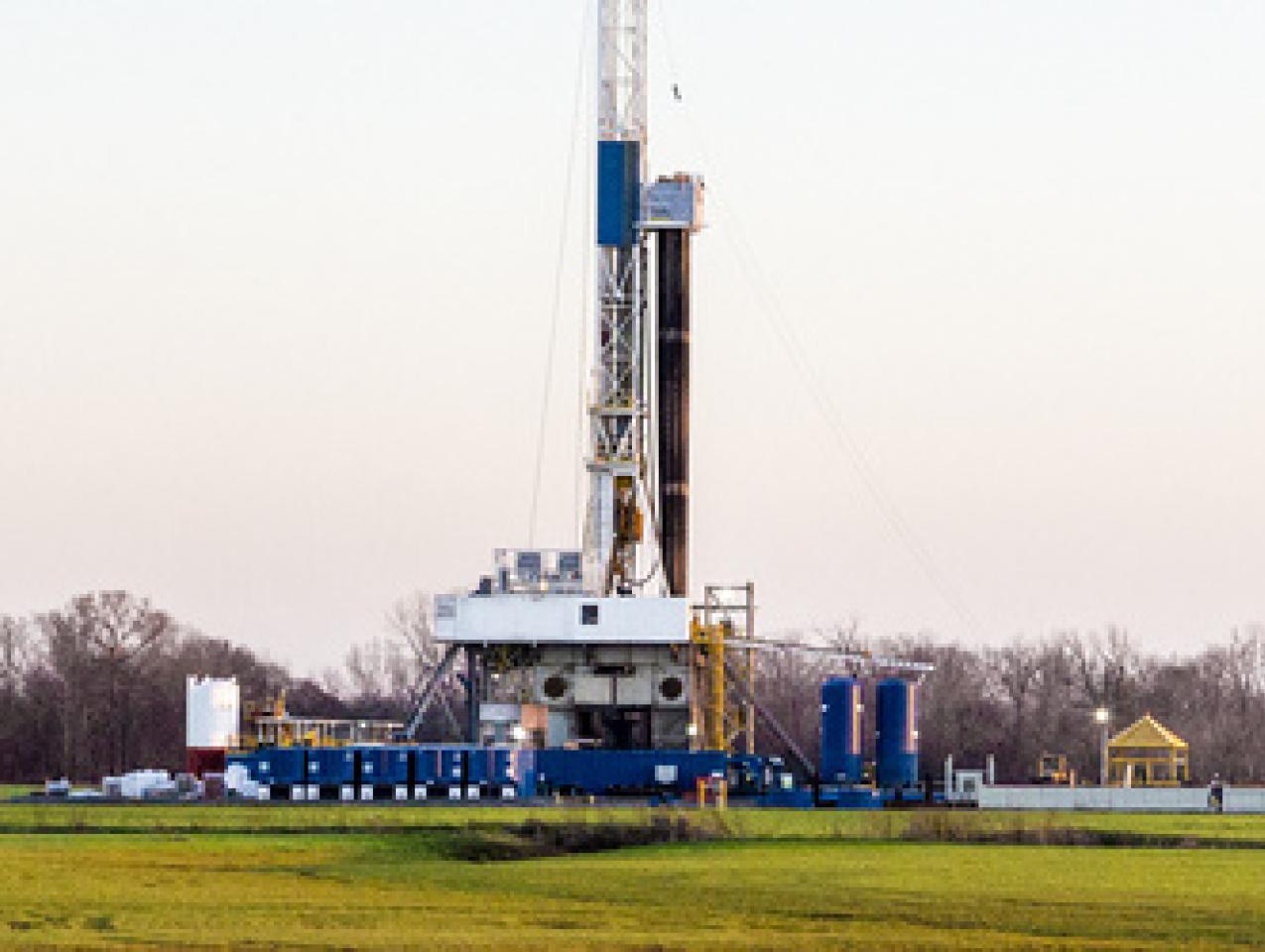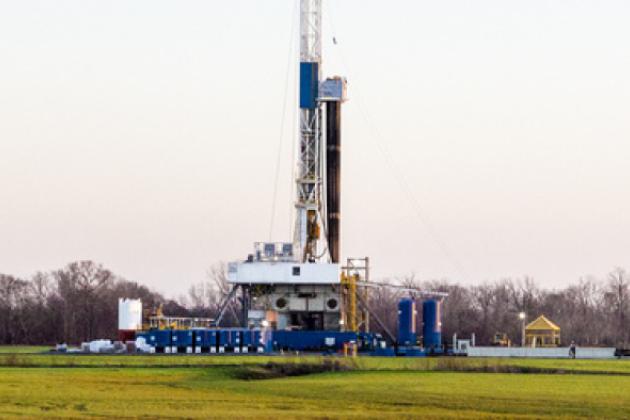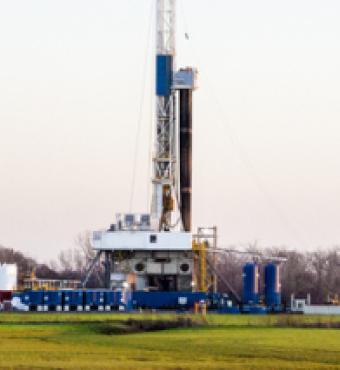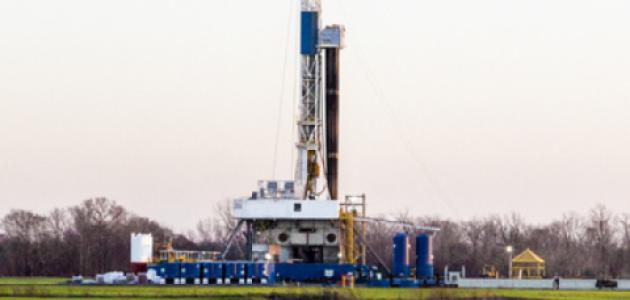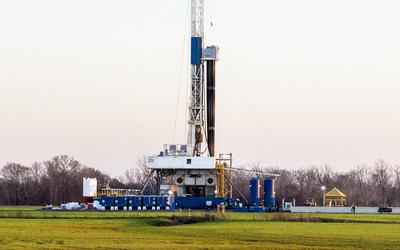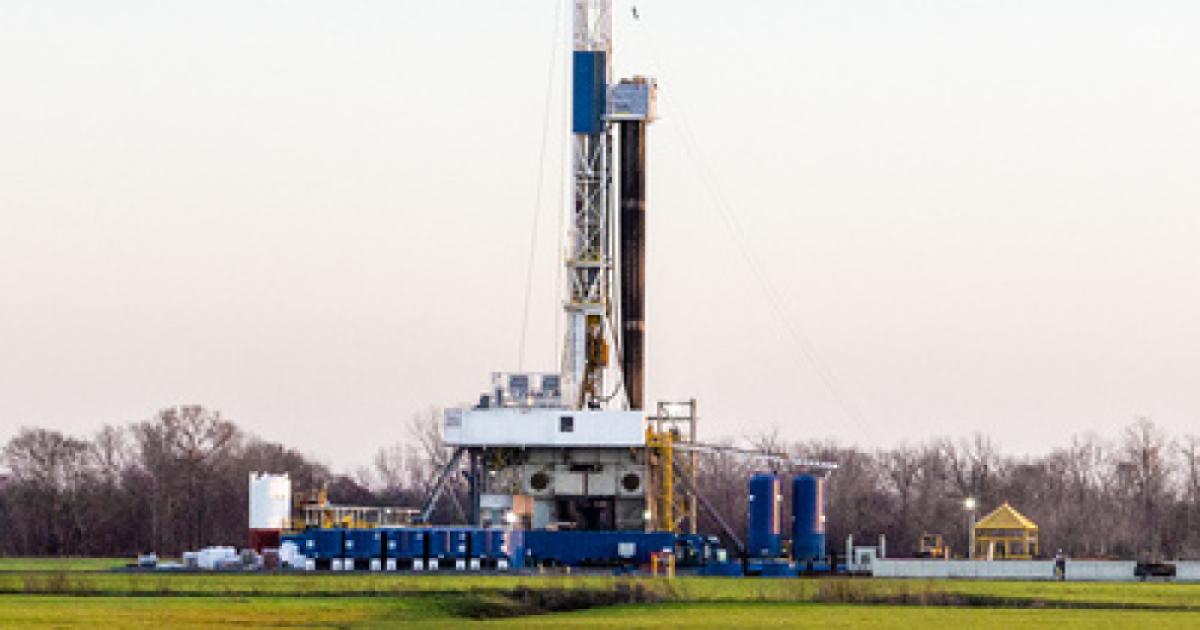- Energy & Environment
Editor’s Note: This is the second in a two-part series on the risks associated with hydraulic fracturing and how policy-makers can respond to them. You can view the first part, examining the concerns, here.
Real, but rare: that is the reality of risks associated with hydraulic fracturing. But, as we conclude in our earlier article, good policy requires weighing the benefits against the costs. Unfortunately, rare risks have been sufficient to generate rather draconian solutions including moratoria or total bans on fracturing. Bans or moratoria zealously eliminate all the benefits of cleaner, cheaper energy in an effort to remove all perceived risks.
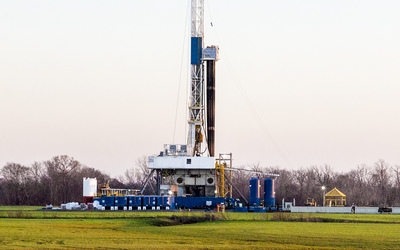
Photo credit: Daniel Foster
The good news is that many policymakers recognize the net benefits of hydraulic fracturing and therefore have limited moratoria and bans. Of the 31 states that have actual or potential fracturing production, 58 percent (18 states) have no local or statewide bans or moratoria. Eight states without statewide bans or moratoria allow localities to impose such draconian measures, however. Not surprisingly, Robert Cheren, an associate at the international law firm Squire Sanders’ Environmental, theorizes that the localities more likely to impose bans or moratoria are those that will benefit little to none from hydraulic fracturing. Hence many of the bans or moratoria have little real impact on energy production, other than to fuel hysteria.
The preferred alternative for risk mitigation in most states has been comprehensive start-to-finish bureaucratic regulation. Using a variety of tools, such as permitting, disclosure, and production requirements, states are regulating everything from well selection to dust control to waste disposal to local infrastructure impacts. Penalties for non-compliance range from fines to well forfeiture.
Downsides to this approach are two-fold. First, the process is very burdensome, complex, and expensive—for both the government agency doing the regulating and the company being regulated. Regulation, at its very nature, imposes costs—largely stemming from compliance—which are then passed along to consumers.
Secondly, watching regulations get made is like watching a butcher make sausage; it’s not pretty. Public choice economics alerts us to be weary of text book descriptions of regulation. Behind regulations to mitigate risk are special interests, such as existing oil and gas extraction companies, large and small, who want the regulatory bar set higher for new entrants into the marketplace. Regulatory barriers to entry create an implicit subsidy to existing companies who can capture the regulatory agencies, and generate income for lawyers who litigate regulations and violations thereof.
Moreover, if companies carefully follow regulatory requirements, they are seldom held liable if something does go wrong, standing behind the argument that they did what they were told. And when fines are imposed, they generally are paid to the government, not the people who have been harmed.
However, certain market mechanisms, largely already in existence in other sectors, can work to mitigate the real but rare risks associated with hydraulic fracturing while taking advantage of the process’ benefits, all the while not imposing the unintended consequences of bureaucratic regulation.
As argued in our first article, 47 percent of the water used for hydraulic fracturing occurs in areas deemed “high or extremely high water stress” zones. The common inference from this statistic is that we are running out of water, but a more appropriate inference is that we are running out of cheap water. Many of the inputs to fracturing—from laborers to the apartments they live in—are scarce. As a result, prices of those inputs rise, inducing producers to use less of them and suppliers to make them more available.
That same process would result if we encouraged tapping water markets. Especially in the western states where the prior appropriation system allocates water rights on a first-in time, first-in right basis, the essentials are there for water markets. If hydraulic fracturing companies must buy their water from farmers, municipalities, or even government agencies at market prices, they will have an incentive to conserve on water use. Indeed, even without high market clearing prices, well drillers who pay something for their water are finding ways to reduce water use and to reclaim from waste water. At a cost of up to $400,000 to deliver water to a well in the Bakken, drillers—such as large energy conglomerates like Halliburton and Schlumberger as well as smaller companies like Ecologix Environmental Systems—have a large incentive to explore new methods of water conservation and recycling.
Although water markets can encourage conservation of water use, they do not necessarily deal with problems of water contamination or induced seismic activity. Given that the fracturing boom has created many independent potential contaminant sources and that there are many different potential recipients of the contaminants, it is difficult to envision a liability system that would connect polluters with victims. The key is to find ways of holding potential polluters liable for harms.
Just as barbed wire and branding evolved on the western frontier to better define property rights to land and cattle, new scientific advancements with isotopic tracers are making is it possible to assign a finger-print to fracturing well water, thus allowing identification and traceability. By assigning a particular isotope to water used in each well, regulators and harmed third parties could identify what water came from which well and hence hold well owners accountable for any damage they might cause.
This property rights approach is a better alternative to the comprehensive, burdensome, and ineffective regulatory regime. Some property rights–based solutions include bonding and insurance, self-regulation, and “corporate” verification/certification, all of which punish risky behavior and encourage more efficient, thoughtful risk assessment.
Surety bonding, insurance or some combination of the two would promote best practices by making risky behavior prohibitively expensive. Shifting risk to a fiducially-responsible third-party creates a strong incentive to mandate good behavior (or at least, make risky behavior expensive). The insurance company would set common standards at a point where their expected policy payout would not exceed their expected premiums (or in the case of surety bonding, they would set the interest rate at a level where payout would not exceed interest payments). Since the cost of cleaning up contaminated water or the wreckage of an earthquake could be expensive, these insurance or surety bonding companies would either set their premiums or interest rates at levels high enough to cover the risks or to impose strict operating standards to make coverage affordable and manageable. The insurance or surety bonding company would then assume the regulatory role. If necessary, extraction companies could be compelled to have insurance or be bonded prior to drilling (similar to the requirement that drivers have auto insurance).
Another alternative is self-regulation, which functions best when the threat of government regulation is strong, thus incentivizing the industry to exert more pressure on bad actors to ensure consistent best practices. It is also more successful when the risky actions of one actor have a massively detrimental effect on the rest of the industry.
An example of successful self-regulation is the nuclear power industry’s Institute of Nuclear Power Operation (INPO). Established after the 1979 Three Mile Island incident, the INPO sets “performance objectives, criteria, and guidelines for the nuclear power industry,” regularly inspects nuclear power plants, and assists plants in improving operation performance. In summation, the INPO evaluates power plants, trains and accredits inspectors and plant operators, provides industry wide analysis and information exchanges, and assists plants. In many ways, it assumes the regularly role. Of course, the Nuclear Regulatory Commission (NRC) does have federal regulatory authority over nuclear power plants, but it allows the INPO to first handle issues, only stepping in if it thinks the INPO has failed to adequately address concerns.
If the hydraulic fracturing industry were to follow the INPO model, it should do so before an incident triggers a heavier hand from regulators as in the case of the Three Mile Island incident. The proactive formation of an industry-wide self-regulating entity could work with state and federal regulatory agencies to create best practices across the country, limit moral hazard, and improve the industry’s public perception. Such incentives would be backed with the threat of greater government regulation. Strong inter-industry pressure would ensure that all fracturing operators engage and cooperate with the self-regulatory agency.
A third alternative, which could work hand-in-hand with self-regulation, is the creation of a for-profit company that serves as a verification and certification entity. Fracturing well operators could contract with this company to verify that their wells meet certain standards. Underwriters Laboratories, Inc. (UL) provides a model for this approach, mostly for electronics and other consumer products. One of its major business divisions already deals with environmental sustainability. Since a company would be concerned both about its bottom-line and its reputation, there would be incentives to promote and ensure stringent best practices. Market pressures could increase the demand for certified and verified oil or gas thereby resulting in hydraulic fracturing operators contracting such a service. As a last resort, government regulators could mandate third-party verification and certification prior to permitting, thus removing such verification and certification from the political process.
Good environmental policy weighs the risks alongside the benefits. Although top-down government regulation overseen by bureaucracies has been the norm in the hydraulic fracturing revolution, it has not been effective in weighing the risks and benefits when the risks are rare but real and the benefits are clearly great. Using market-like mechanisms to align incentives correctly would efficiently and effectively improve on this process by reducing the costs and complexities of mitigating risks and by eliminating some of the politics that protects those who are at the regulatory table.
More importantly, market alternatives would align incentives for well owners and operators to account for potential risks and hold them more directly accountable to victims of incidents associated with hydraulic fracturing. Accountability and responsibility are both key to allowing the hydraulic fracturing industry to deal with the risks while giving Americans more reliable domestic energy supplies.








